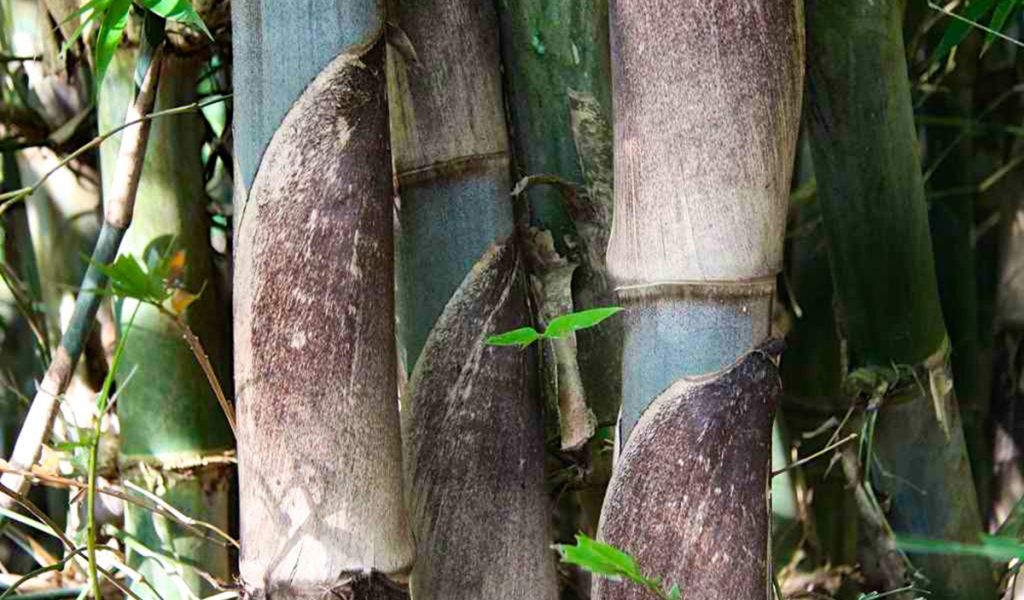ໄມ້ສະໂນດ / Watho Bamboo
APA 6th ed. ໄມ້ສະໂນດ / Watho Bamboo. (2021, September 1). Retrieved from https://www.phakhaolao.la/kb/0000037
MLA 8th ed. ໄມ້ສະໂນດ / Watho Bamboo. Pha Khao Lao, 1 September 2021, https://www.phakhaolao.la/kb/0000037.
Chicago 17th ed. Pha Khao Lao. 2021. "ໄມ້ສະໂນດ / Watho Bamboo." Published September 1, 2021. https://www.phakhaolao.la/kb/0000037.

Bambusa apus Schult.f.
Gigantochloa kurzii Gamble
Oxytenanthera apus (Schult.) E.G.Camus
Schizostachyum apus (Schult.) Steud.
Mai sanot culms grow in dense clusters, and the canes have no spines. The average cluster diameter is 1.5 m and the average height 9 m. Canes are up to 6 cm in diameter, with a wall thickness of 2.5 cm and internodes every 50 cm. Clump sheets are 24 x 26 cm, pale green to white and partly hairy at the base; the tip of the clump sheet droops, is 4 x 6 cm, partly hairy, and has very short auricles (like an ear). The first branches appear 3 m from the ground, growing in clusters of three main branches surrounded by smaller ones. The average number of leaflets is 14, each of 1.2 x 15.5 cm. The shoots are around 7 cm in diameter, dark red, covered with hair on the top part of the sheet, and give a bitter taste. This variety is found along mountain slopes (such as the Tad Saang area of Phou Khao Khouay NBCA) at an elevation of about 760 m. It reportedly shows gregarious flowering at the age of 30 years.
The wall and fibre of this bamboo species is rigid and not suitable for splitting. It
is therefore not used for handicrafts, but for house construction and fencing. Harvesting is all year round for culms aged three years and older. Shoots are moderately harvested, mostly in the middle of rainy season (August-September) and consumed locally or sold at local markets 15,000-20,000 per kg. Culms are heavily harvested, but collectors often choose older culms. Canes are sold for 15,000 kip per each. Mai sanot is easy to propagate by stump and seed and in its original upland/sloping habitat is suitable for erosion prevention.
